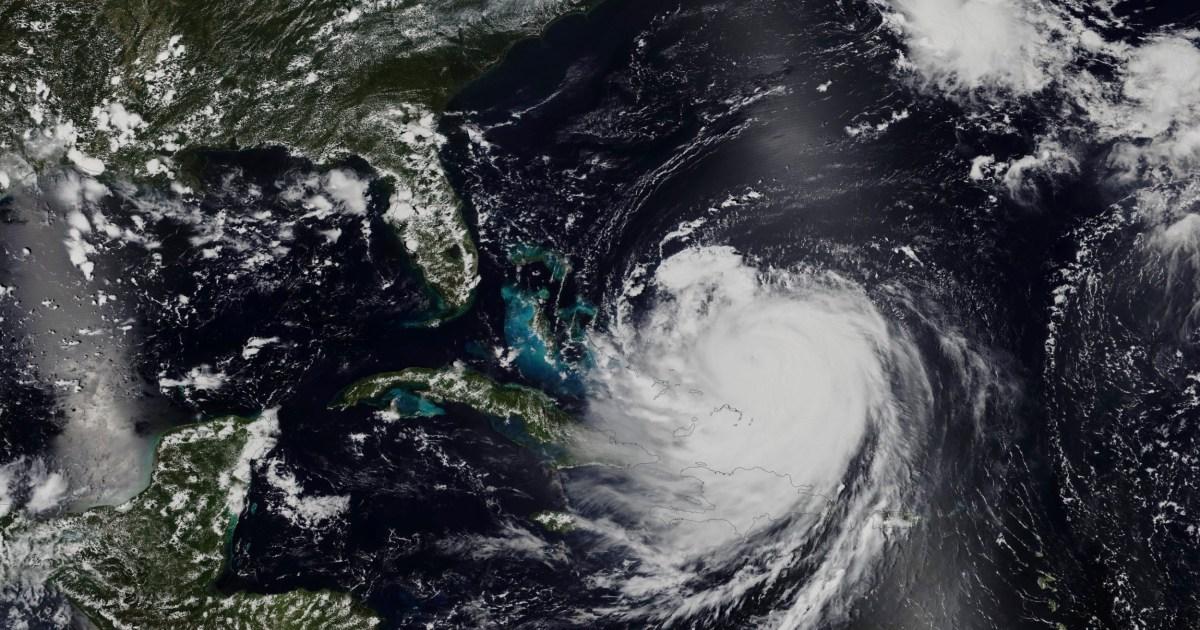UPDATE: Hurricane Erin is intensifying and poses a significant threat to the barrier islands of North Carolina, prompting urgent evacuation orders. This powerful storm, which was classified as a Category 5 hurricane over the weekend, has already caused widespread power outages in Puerto Rico before downgrading to a Category 2 by Tuesday morning.
As of now, Erin is forecast to continue its path along the East Coast, remaining hundreds of miles offshore but still sending dangerous, 20-foot waves towards the vulnerable Outer Banks. These barrier islands, which stretch between North Carolina and southeastern Virginia, are facing potential isolation due to severe weather conditions.
Officials have issued evacuation orders for Hatteras and Ocracoke Islands, as the only access road, NC 12, is expected to be severely impacted. Coastal Studies Institute executive director Reide Corbett stated, “We haven’t seen waves of that size in a while, and the vulnerable spots have only gotten weaker in the past five years.”
Residents are bracing for the possibility of being cut off from the mainland for days or even weeks. The coastal erosion in the Outer Banks has already led to the loss of homes, with at least two vacated properties in Rodanthe at risk of being swallowed by Erin’s surging waves. Since 2020, a dozen homes in Rodanthe have been claimed by the ocean.
Currently, approximately 3,500 people live in the Outer Banks, and the threat of isolation looms over these communities as storm conditions worsen. While there is no hurricane warning in effect, the situation is developing rapidly, and residents are urged to stay informed and prepared.
The National Hurricane Center continues to monitor Hurricane Erin closely, and updates are expected as the storm progresses. Stay tuned for further developments as officials work to ensure the safety of those in the storm’s path.
For more breaking news and updates, follow our news page and stay connected.
